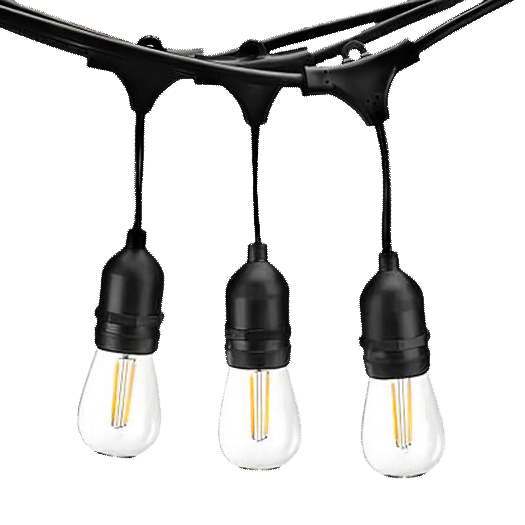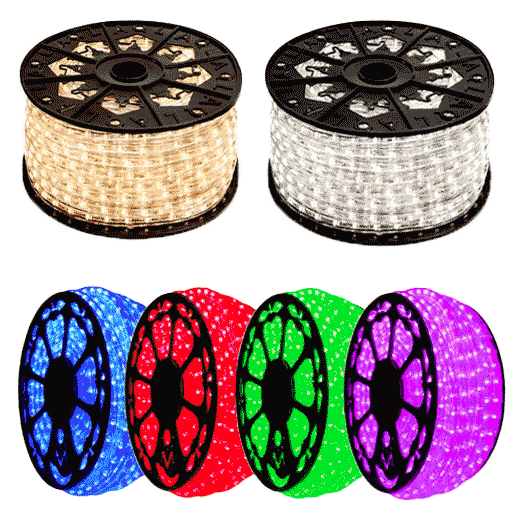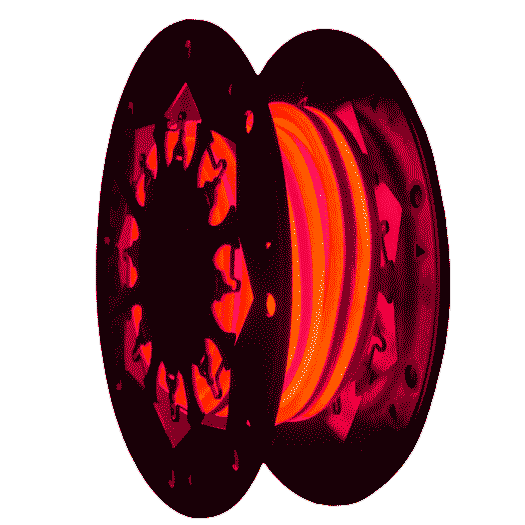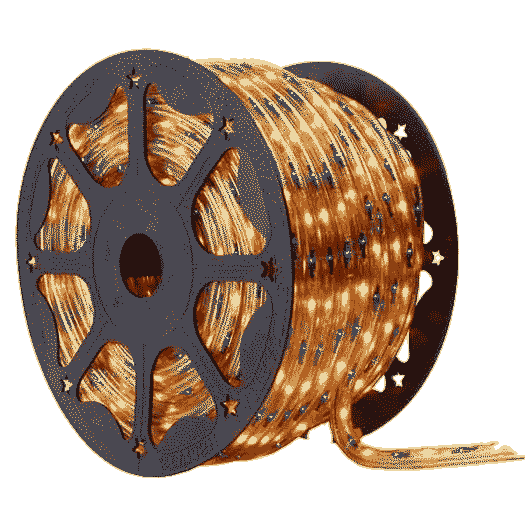History of Flood lights
Posted by AQLightning on Mar 10th 2024
Flood lights, those ubiquitous sources of illumination that grace our modern landscapes, have a fascinating history rooted in the evolution of artificial lighting. From humble beginnings to the sophisticated systems we know today, the journey of Flood lights is a testament to human ingenuity and the quest for improved visibility. Join us as we embark on a historical exploration of Flood lights, tracing their origins and pivotal developments through the ages.
Ancient Illumination:
The concept of Flood lighting finds its origins in the ancient civilizations of Mesopotamia, Egypt, and Greece, where rudimentary forms of lighting were employed to brighten public spaces during nocturnal gatherings and events. Torches, oil lamps, and braziers served as the earliest sources of illumination, casting flickering light over gatherings and ceremonies.
The Advent of Electric Lighting:
The dawn of the 19th century witnessed remarkable advancements in lighting technology, leading to the invention of the first electric lights. Humphry Davy's carbon arc lamp, patented in 1809, marked a significant milestone in the history of artificial lighting. By passing an electric current through carbon rods, Davy created a brilliant arc of light, laying the foundation for future developments in electric lighting.
Thomas Edison's Incandescent Bulb:
In 1879, Thomas Edison introduced the world to the first commercially practical incandescent light bulb. While Edison's invention revolutionized indoor lighting, providing a reliable and long-lasting source of illumination, it fell short when it came to outdoor applications. The incandescent bulb's limited range and intensity made it unsuitable for illuminating large outdoor spaces effectively.
The Rise of Gas Discharge Lamps:
It wasn't until the late 19th and early 20th centuries that significant strides were made in outdoor lighting technology with the introduction of gas discharge lamps. The mercury vapor lamp, invented by Peter Cooper Hewitt in 1901, and later the metal halide lamp, pioneered by General Electric in the 1960s, offered improved efficiency and luminosity compared to their incandescent predecessors.
Halogen and High-Intensity Discharge (HID) Lamps:
The latter half of the 20th century saw further innovations in floodlight technology with the development of halogen lamps and high-intensity discharge (HID) lamps. Halogen Flood lights, featuring tungsten filaments enclosed in a quartz envelope filled with halogen gas, offered enhanced efficiency and luminosity compared to traditional incandescent bulbs.
The Emergence of Light-Emitting Diodes (LEDs):
In recent decades, the lighting industry has witnessed a paradigm shift with the widespread adoption of light-emitting diodes (LEDs) in Flood lighting applications. LEDs offer numerous advantages over traditional lighting technologies, including lower energy consumption, longer lifespans, instant illumination, and superior color control.
Looking Ahead:
As we reflect on the rich history of Flood lights, it's clear that these luminous beacons have come a long way since their humble beginnings. From flickering torches to energy-efficient LEDs, the evolution of floodlight technology continues to illuminate our paths and shape the way we interact with our environments. As we venture into the future, one thing remains certain: the journey of Flood lights is far from over, and with each new innovation, we inch closer to a brighter, more illuminated world.




















































